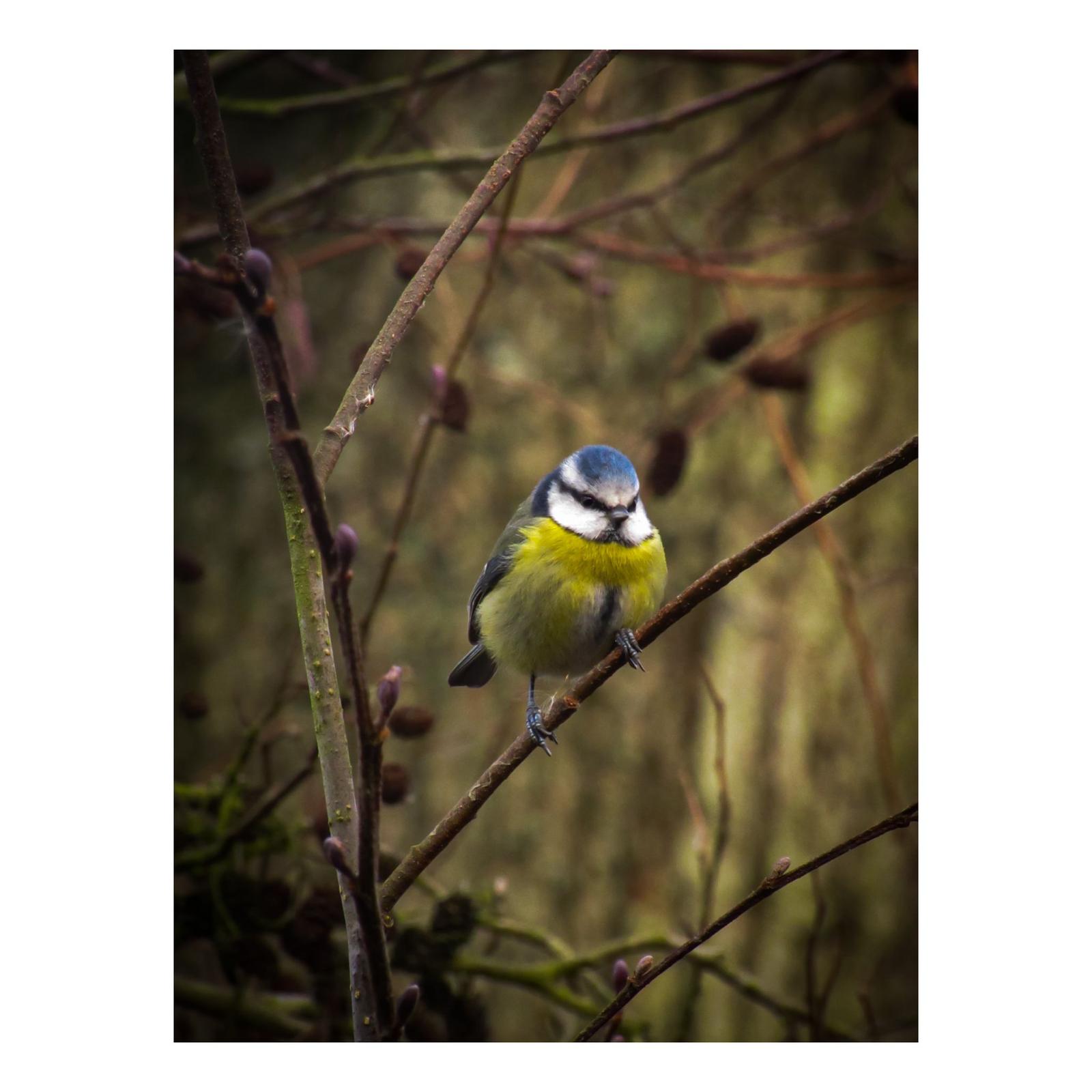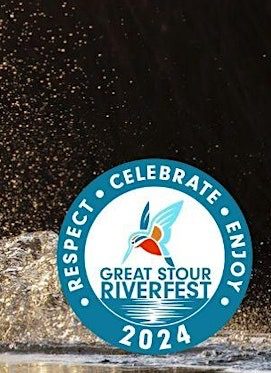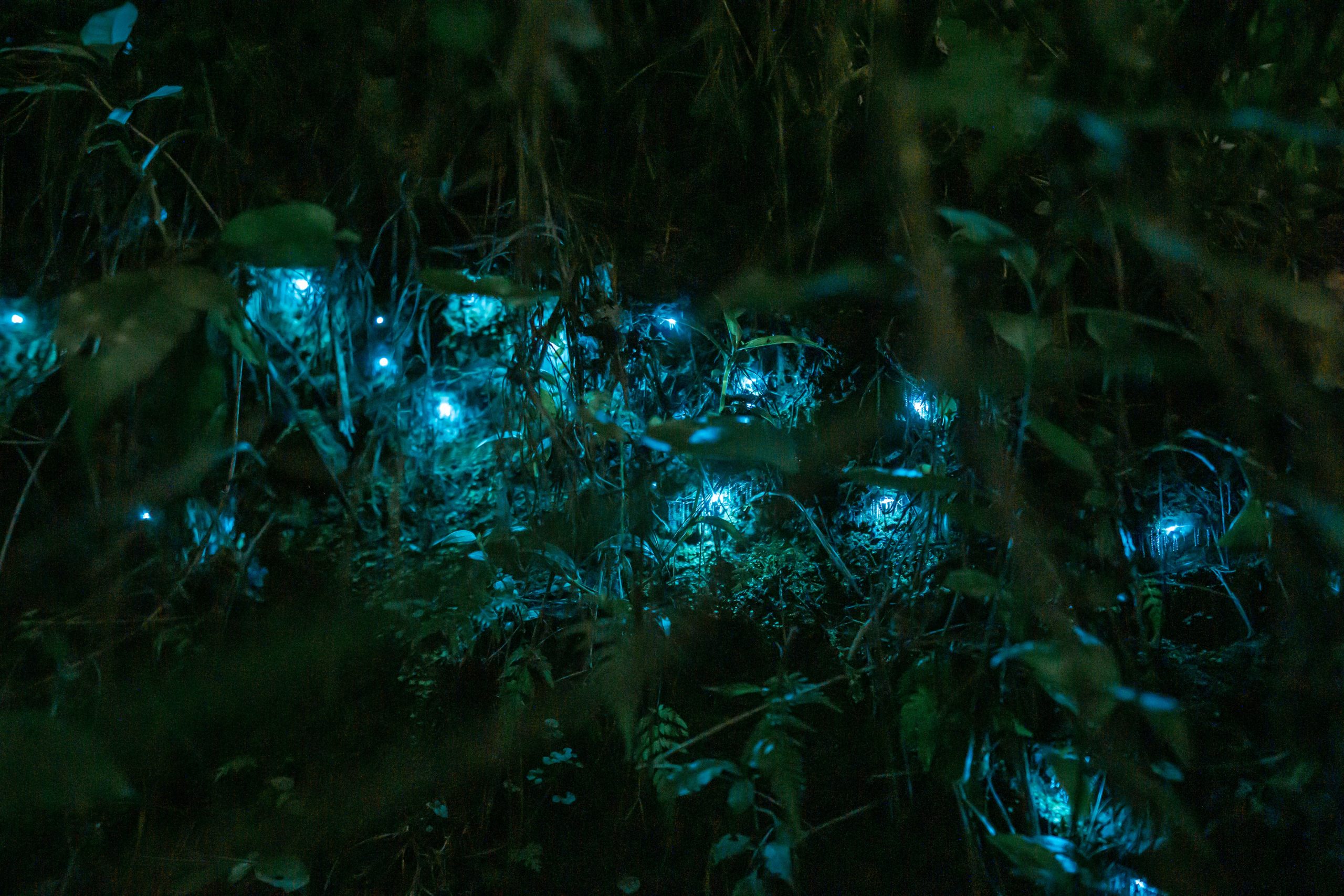Students mapped cosmic radiation in Low Earth Orbit
This research work has climate links and as an example of work done, shows you what young people can achieve and how this work can help build your careers.
The LUCID experiment – releasing the potential of school students in space research.
The LUCID experiment involved groups of students in a school in Kent, working with a huge number of scientists and engineers at NASA, CERN, Surrey Satellite Technology Ltd., to put Medipix technology in open space on TechDemoSat 1. Students worked on this outside their formal studies over a period of ten years and benefitted from real engagement with research. LUCID studied the radiation environment in Low Earth Orbit for three years, collecting over 2.1 million frames of radiation data from its five Timepix detectors. Students published their results in Advances in Space Research and gave papers at scientific conferences across the world. The students who were involved in LUCID are now becoming leaders in science research themselves, working across many areas of physics and engineering.
Here is the paper in the journal Advances in Space Research




0 Comments